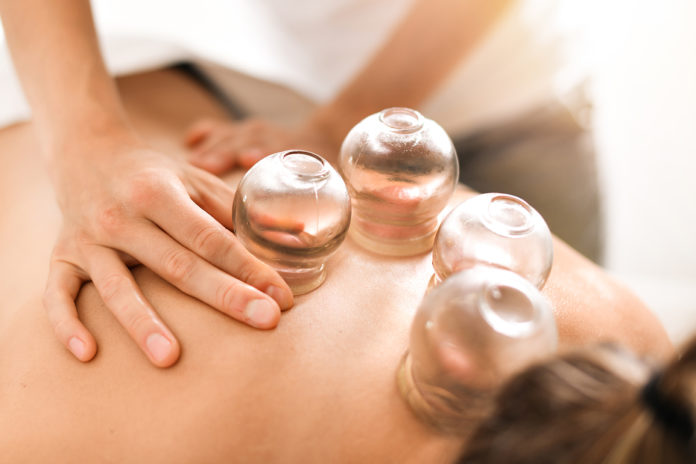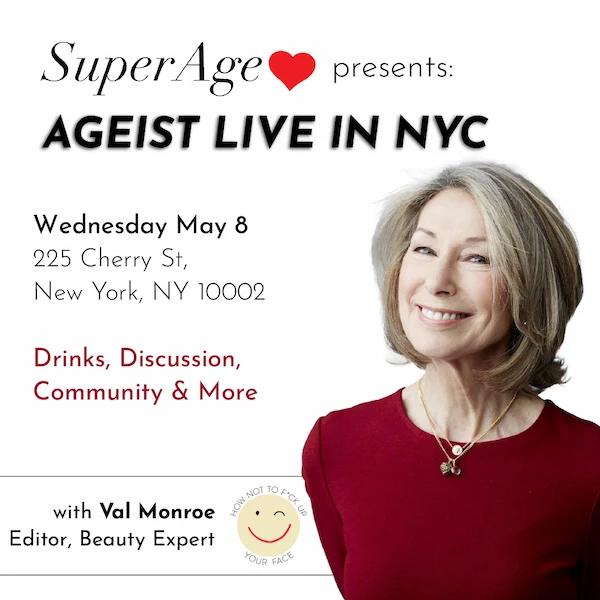Skeptical of all things that may have the scent of crackpot, last week I had my first cupping session. The practitioner was a massage therapist who regularly works with the US Olympic team and clearly worked at an elite level. You don’t go to someone like this if you are looking for something relaxing and spa-like — you go to see them because they excel at keeping a very active yet tired body in top form. In other words, the stuff they do tends to hurt.
The purpose of my visit was to correct and loosen up some of the many muscle imbalances I have accumulated in my latest round of ”David’s Extreme Fitness for 63-Year-Olds.” One thing that I am careful with is avoiding injury by trying to be proactive with my body. As much as I would like to be a badass about it, regular soft-tissue work is key to preventing damage from accumulating. I like to call it prehab — actions taken so that I avoid the dreaded rehab on an injury.
After some 30 minutes of poking, rubbing, and shearing of my muscle fibers, ouch, the topic of cupping came up. To have it explained by a high-level sports medicine professional is an entirely woo-woo-free experience. Cupping involves the localized application of a small sealed container to an area and then sucking the air out of it. This causes the skin and the underlying tissue to be pulled away from the substrate, allowing blood and nutrients to flow into an area that may otherwise be difficult to treat. In my case, it was my inner left elbow, which was becoming knotted up and inflamed. Cause? Me at 63 doing 20 pull-ups in a single set…repeatedly, and not fully locking out the elbows at the bottom. Imperfect form, but doing 20 of them felt awesome.
Cupping allows blood and nutrients to flow into an area that may otherwise by difficult to treat
Pushing and kneading the muscle is not as effective in places such as an inner elbow, as one is just further compressing the tissue when what is needed is an opening of the tissue. Once I had submitted to cupping of the elbow, she suggested a few other places with overworked muscles. Compared to the highly alive — as in, that really hurts — massage experience I had been getting, this was cake; no pain at all. The result was that I looked like I just lost a fight with a giant squid — covered in inch-diameter purple suction marks which, note for beachgoers, lasted for about a week. That night and the following day, I felt tired, which may or may not have had anything to do with the cupping. I am somewhat skeptical whenever I hear talk around “toxin removal” via any sort of modality, but who knows. As for the elbow, it did feel much better after a couple of days. Victory for cupping.
The takeaway here is that we can exercise hard, become strong, and be athletes at this or any age. The difference is that we tend to heal and repair more slowly than we used to, and so we need to avail ourselves of these sort of practitioners to keep us together. I will also often use a lacrosse ball, a foam roller, a Hyperice gun and a cat’s tail on various parts of myself a few times a week. This keeps the cost of getting professional soft-tissue work done reduced by only going every couple of weeks. As much as I fantasize in the gym about being an Olympian, I am not and never will be and thus don’t have free access to top-level people as they do. But let me show you those pull-ups…




Would like to know if you have to keep up the cupping or is it a one time thing???
For me it will be an occasional thing, as needed. Which may mean once a year or so.